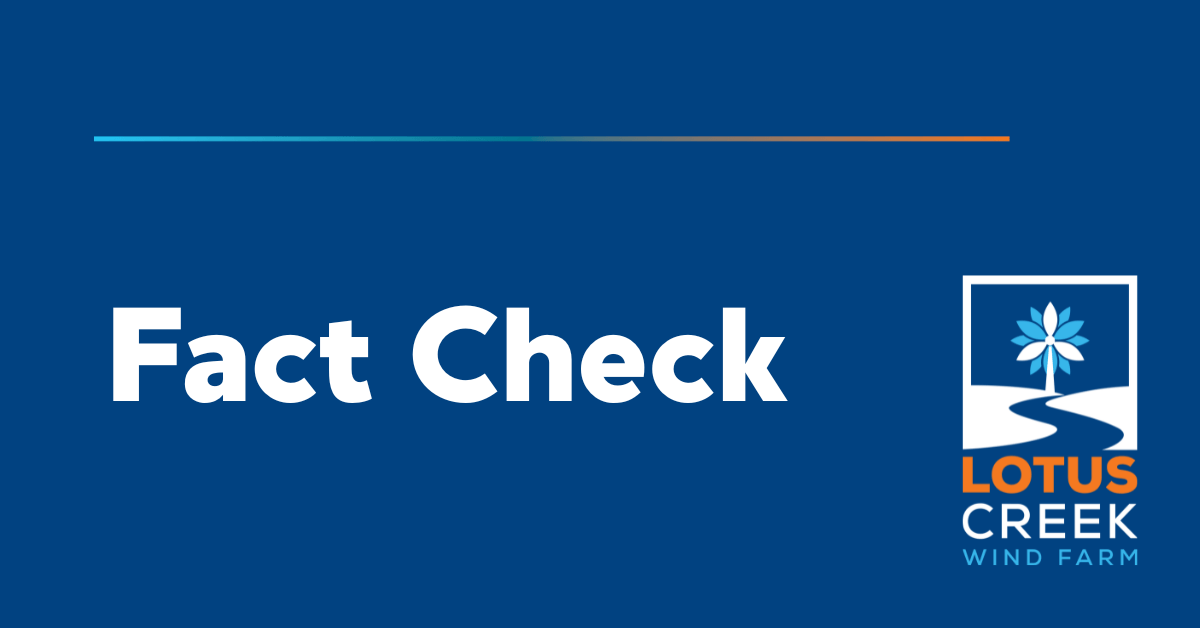Recent media reports have claimed that the Lotus Creek Wind Farm involves clearing more than 3,000 hectares of land. This is incorrect.
Under the project’s environmental approval, no more than 399.1 hectares can be cleared within the approved development footprint. This limit includes all temporary construction areas such as laydown zones, compounds and batching plants. These areas will be revegetated once construction is complete.
To ensure that construction stays within the approved clearing footprint, the project is using controls such as on-site surveys, GPS tracking on machinery onsite, physical and GPS flagging of protected areas and satellite imagery.
The 3,039 hectares mentioned in media reports refers to the broader project study area used during environmental assessments. This larger area was surveyed to identify ecological and cultural heritage values. The actual clearing area of 399.1 hectares has been carefully defined to avoid and minimise impacts on environmentally and culturally sensitive areas.
The project’s Matters of National Environmental Significance (MNES) Management Plan includes detailed measures to protect wildlife during construction. These measures include pre-clearance surveys by qualified fauna spotter-catchers authorised under Queensland’s Nature Conservation Act 1992 to protect threatened species. No incidents involving koalas have been reported.
Lotus Creek Wind Farm has also secured a 4,500-hectare biodiversity offset area, which is more than ten times the approved clearing limit. This demonstrates a strong commitment to environmental stewardship and the protection of local habitats and wildlife.

